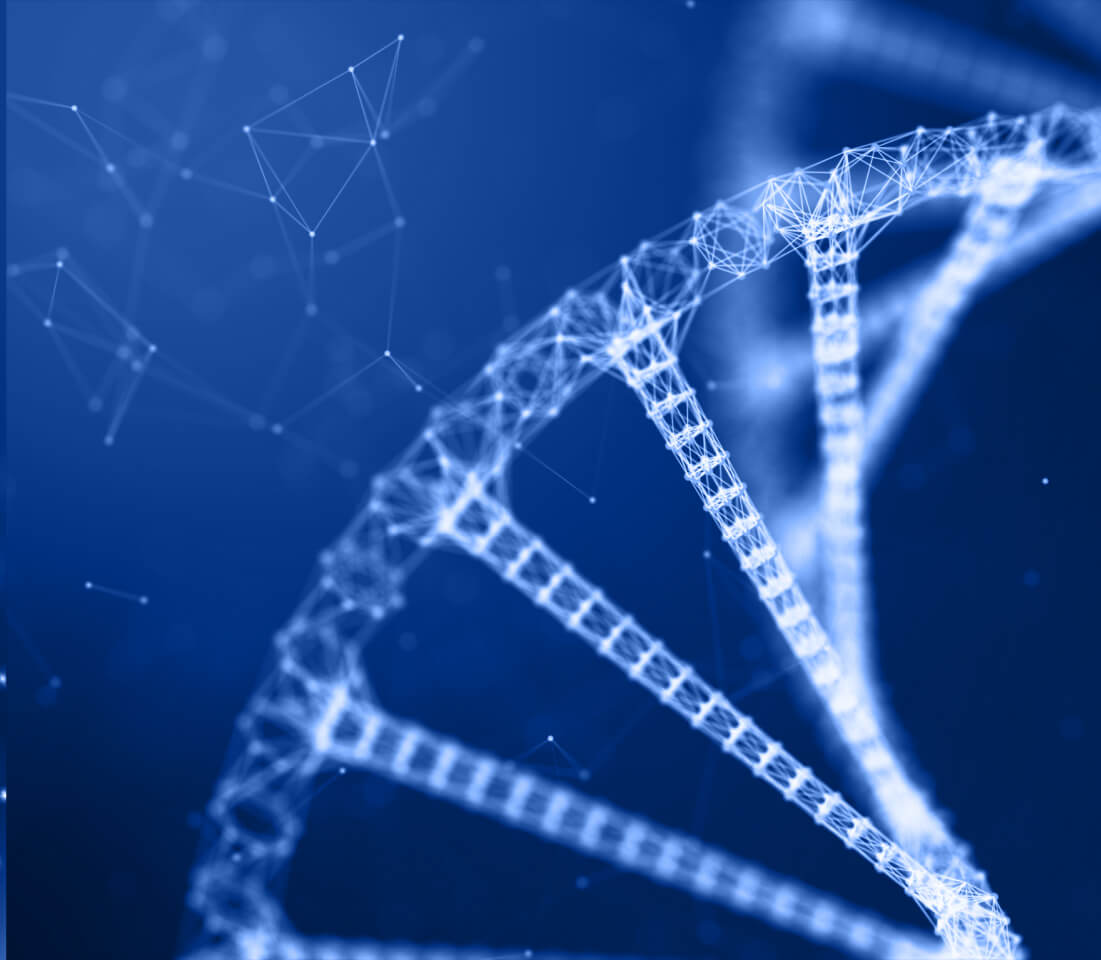Pipeline
Using a stepwise development approach, we leverage early proof-of-concept functional and biomarker data to advance our pipeline of cardiovascular and APOE4-associated Alzheimer’s disease programs.
We retain exclusive worldwide development and commercialization rights to all our product candidates and programs.

Programs:
Indication:
Target
Pre-clinical:
Discovery
Preclinical
Clinical:
Phase I/II
Phase II/III
Cardiac programs
Pre-clinical:
Discovery
Preclinical
Clinical:
Phase I/II
Phase II/III
LX2006
Cardiac Friedreich’s Ataxia
FXN
Pre-clinical:
Discovery
Preclinical
Clinical:
Phase I/II
Phase II/III
LX2020
Arrhythmogenic cardiomyopathy
PKP2
Pre-clinical:
Discovery
Preclinical
Clinical:
Phase I/II
Phase II/III
LX2021
DSP (Desmoplakin) cardiomyopathy
CX43
Pre-clinical:
Discovery
Preclinical
Clinical:
Phase I/II
Phase II/III
LX2022
Hypertrophic cardiomyopathy
TNNI3
CNS
Pre-clinical:
Discovery
Preclinical
Clinical:
Phase I/II
Phase II/III
LX1001
Alzheimer’s APOE2+
APOE2+
Pre-clinical:
Discovery
Preclinical
Clinical:
Phase I/II
Phase II/III
LX1021
Alzheimer’s Christchurch
Christchurch
APOE2+
APOE2+
Pre-clinical:
Discovery
Preclinical
Clinical:
Phase I/II
Phase II/III
LX1020
Alzheimer’s APOE2+ /E4-
APOE2+
APOE4-
APOE4-